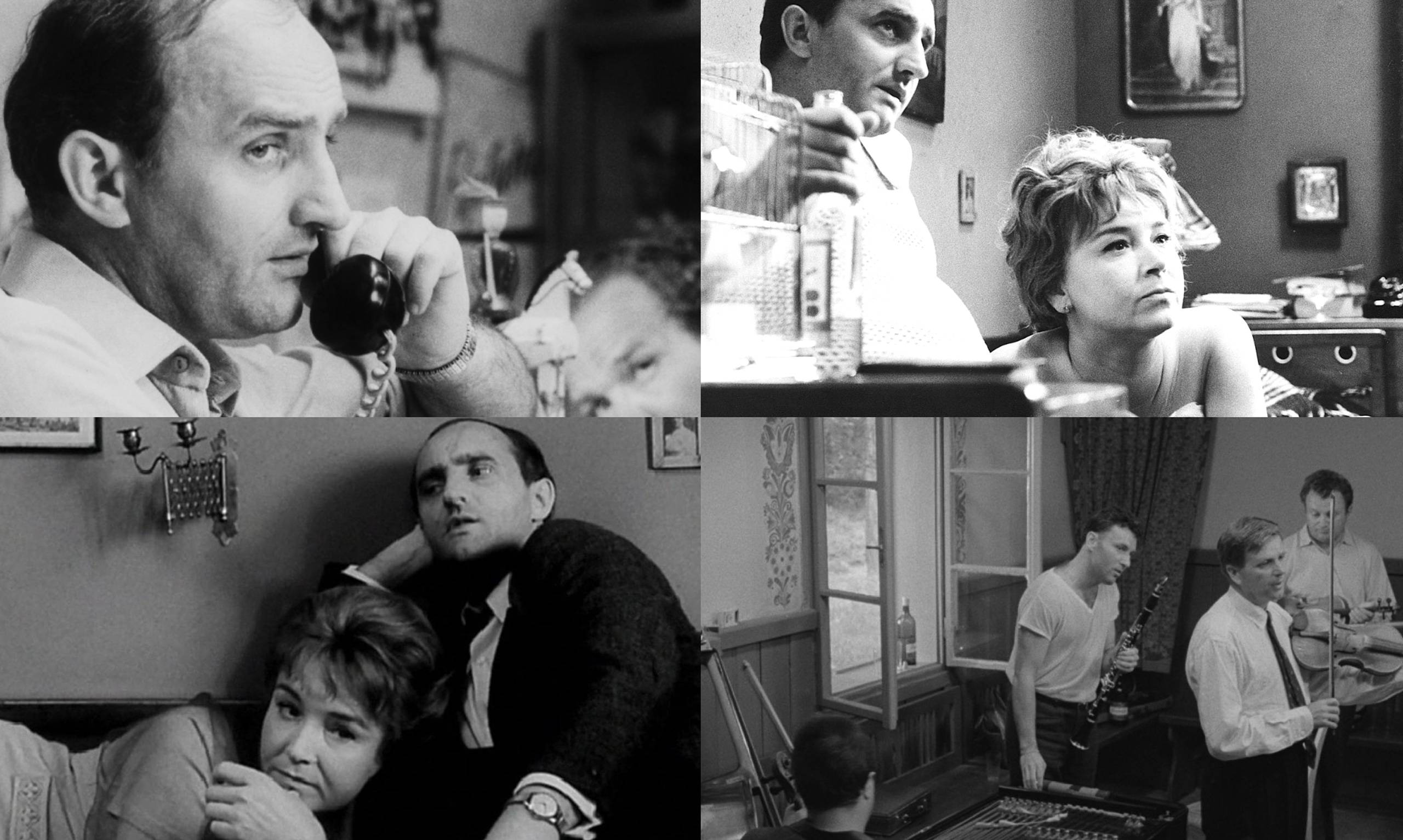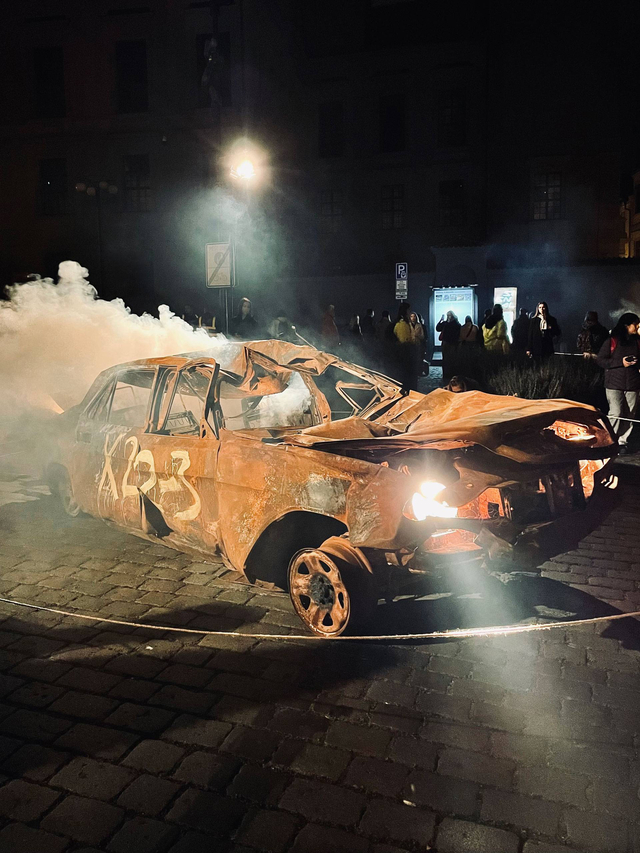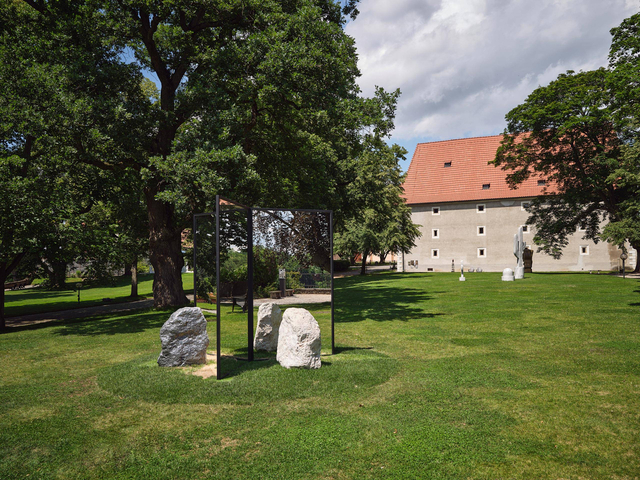Beauty Is a Relative Thing
By:
Photo:
“Which work of art struck you most recently?”
JAKUB POLLÁG
Zeitgeist.limited founder & designer
In London, I came across a book with incredible emotion. It’s called Fire by Prix Pictet. The Prix Pictet is an award for the most impressive photographs of our society and environment. It’s a very powerful collection of photographic art, compelling for anyone interested in sustainability, climate change and biodiversity.
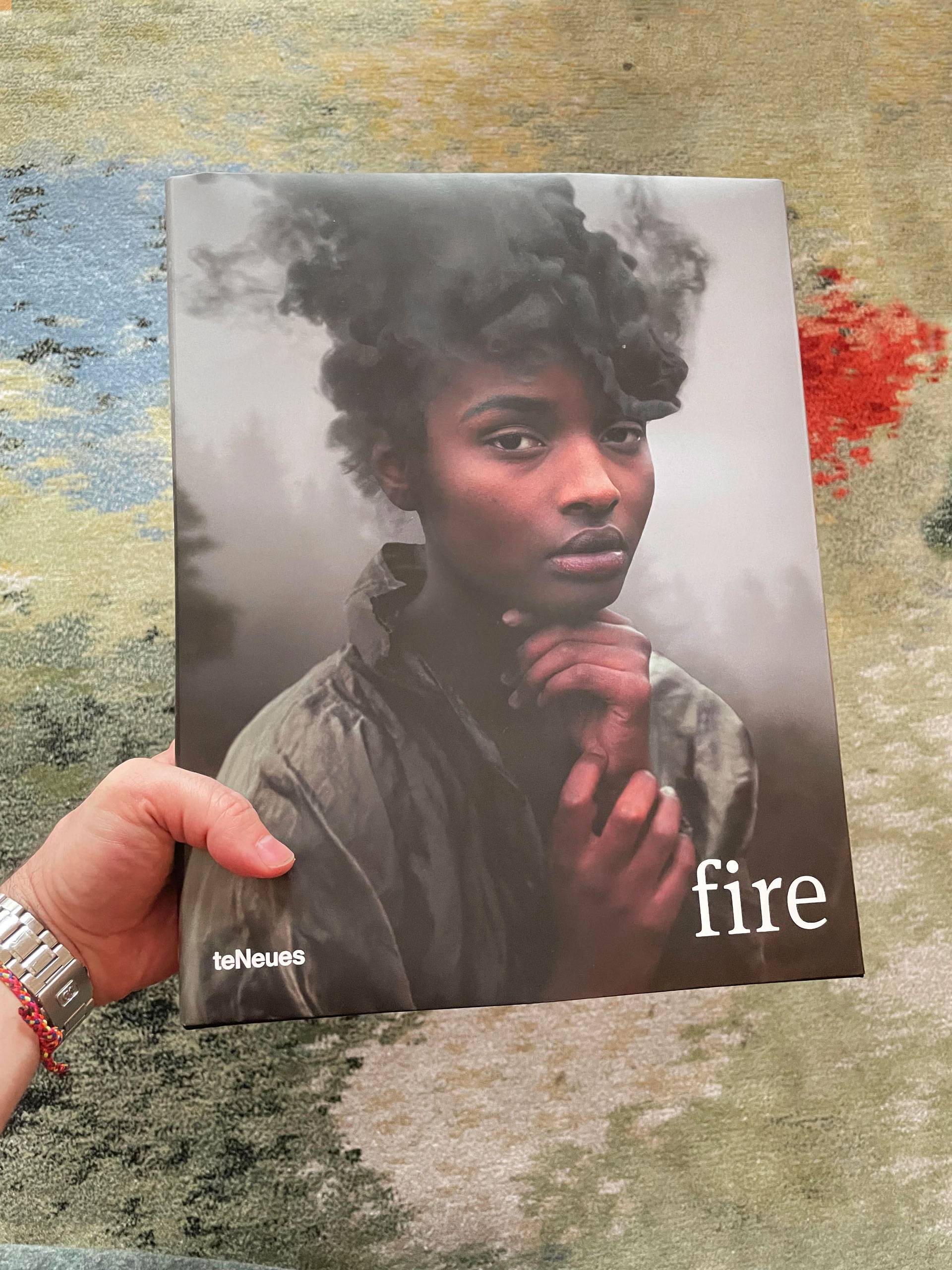
ARIK LEVY
Arik Levy Studio founder & designer
“Life is a system of signs and symbols,” Arik Levy says, “where nothing is quite as it seems.”
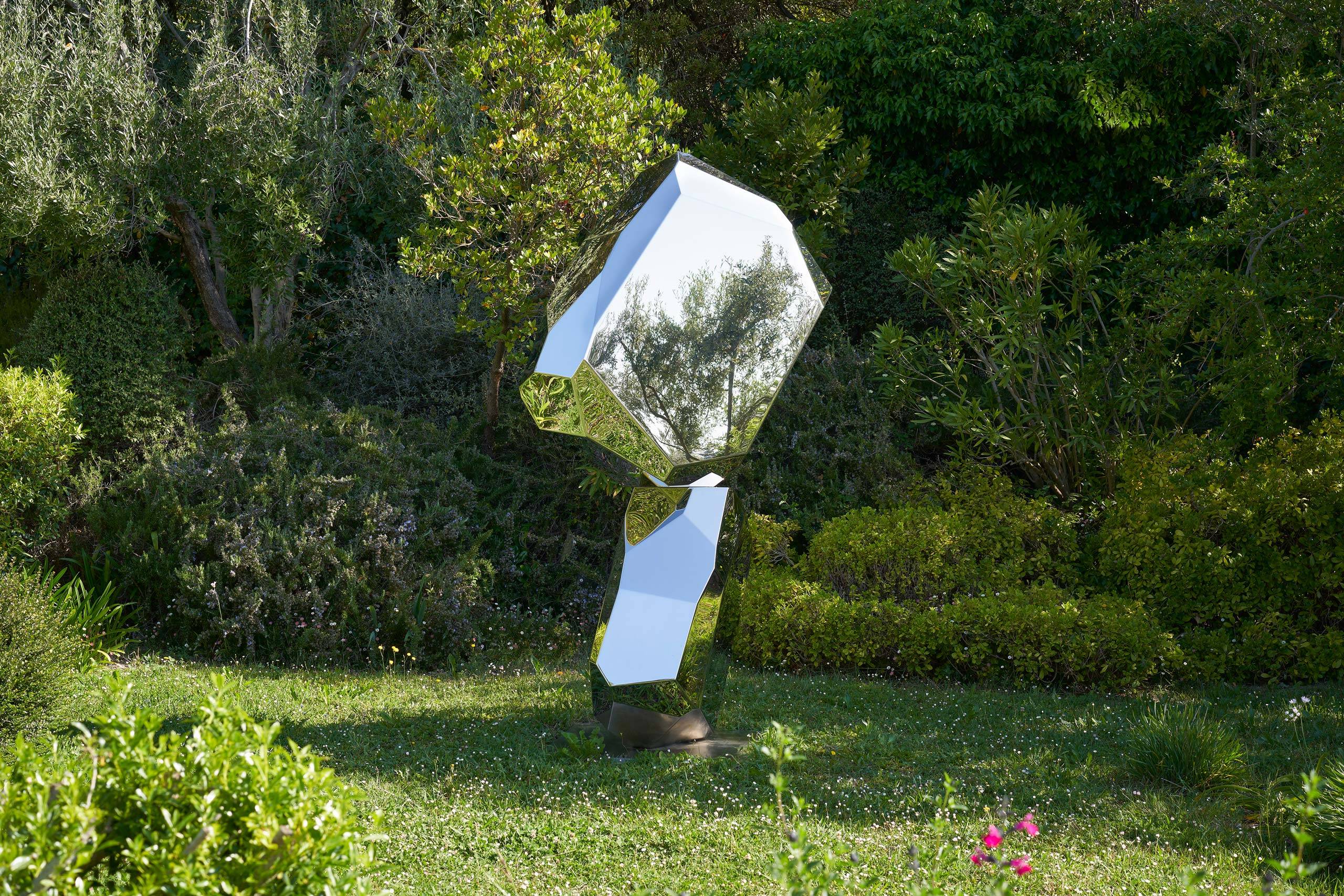
MÁRIA ČULENOVÁ-HOSTINOVÁ
Lasvit Chief Designer
Recently I have been intrigued by the multidisciplinary sculptor Alicja Kwade. For me a wow discovery, she has beautiful stuff and an approach between land-art and conceptual art. I saw her in the castle park in Bechyně, Czech Republic.

CAROLE CARR
Carole Carr Design founder & designer
Right now, I’m sourcing and loving so much 3D and dimensional art using mirrors, lucite, lighting, metal, exotic wood, texture, color blocking… Multi media with several different angles depending on where you stand and how you look at it. I’m particularly loving modern art whith a nod to traditionalist. Like a classic piece by some of the grand masters – Klimt, Renoir or da Vinci – but recreated with modern elements, pops of neon or interesting frames.
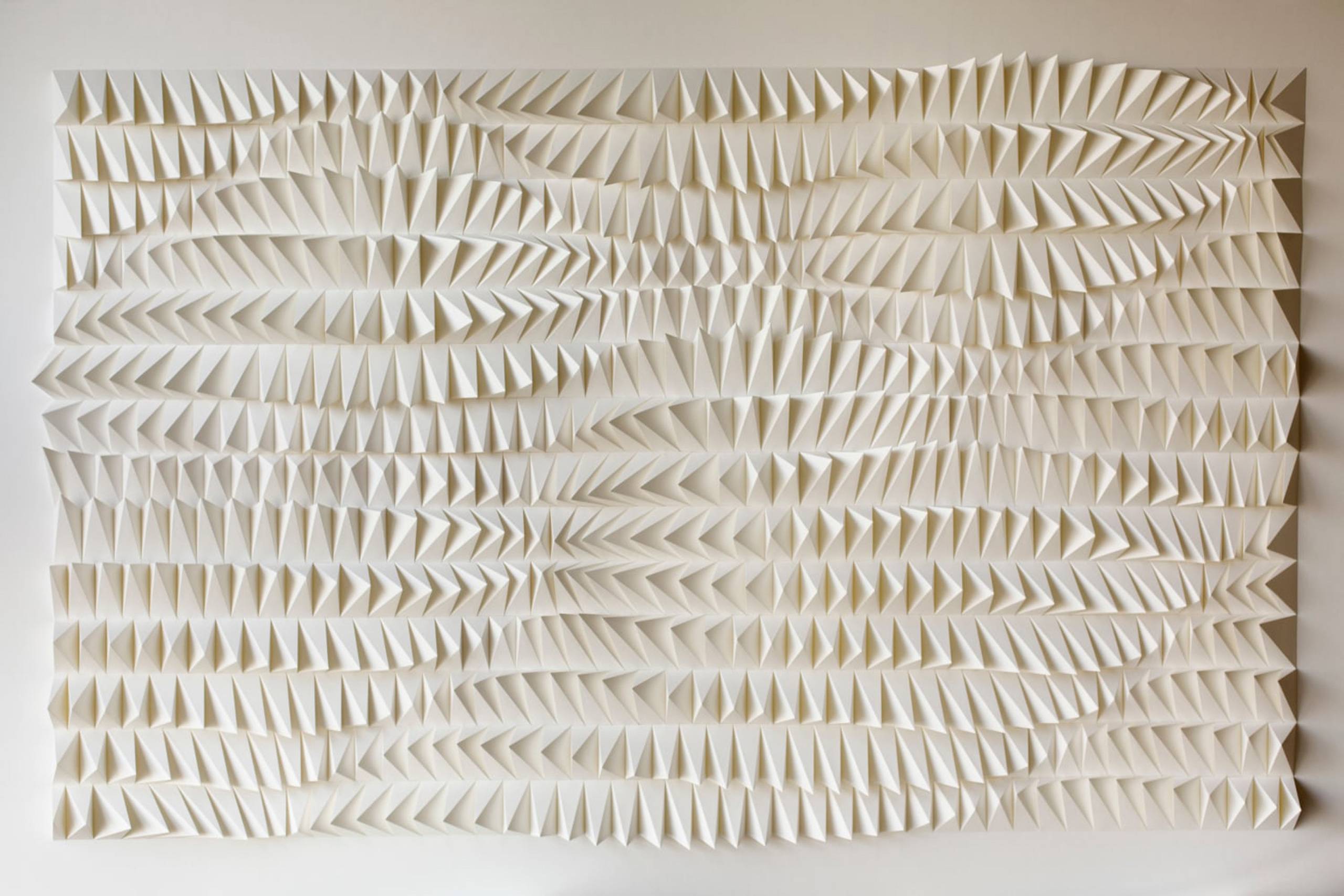

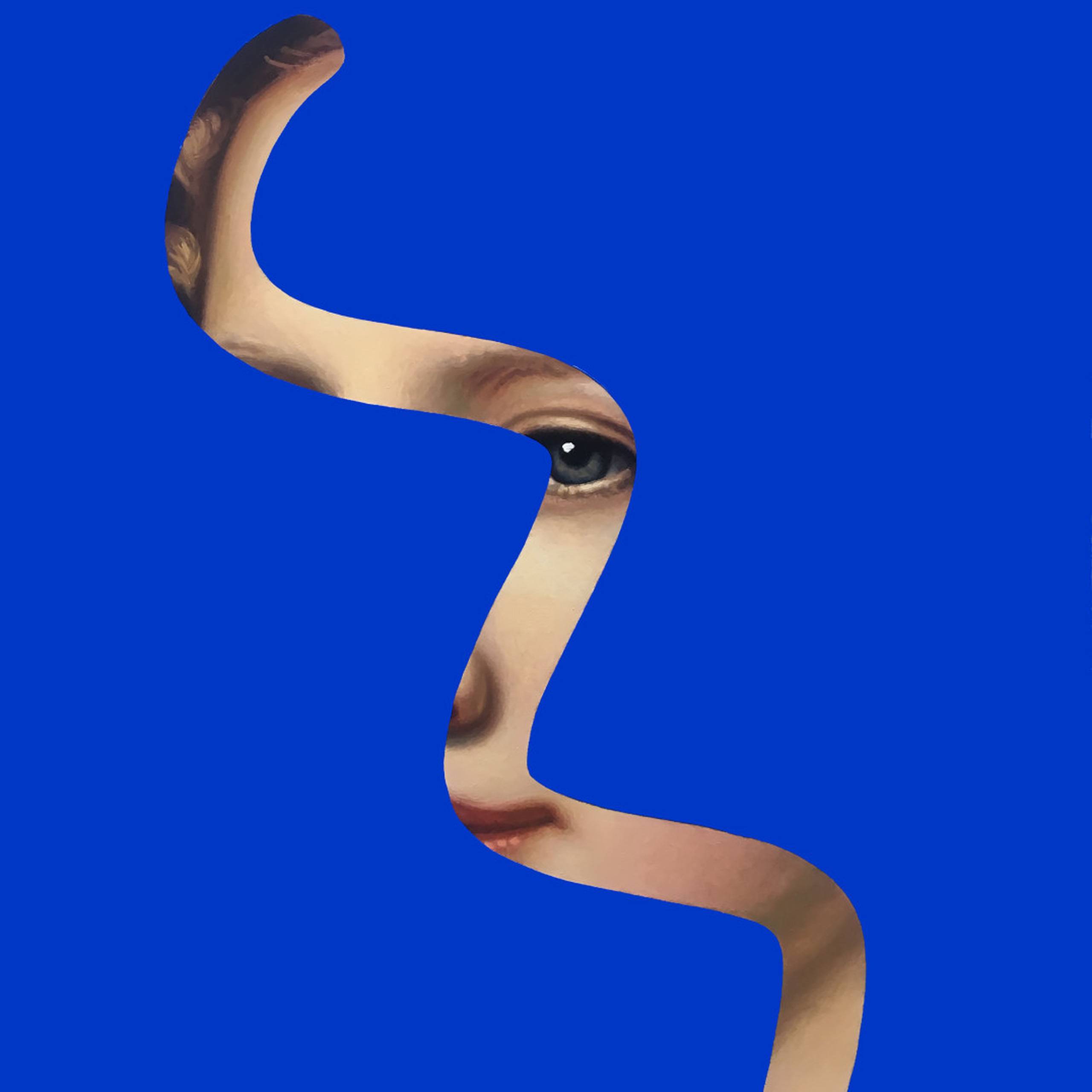

MILENA KLING
Studio Milena Kling founder & designer
One of my favorite artists is the Berlin based contemporary artist Alicja Kwade. Her art installations reflect upon our reality and question common conceptions of materials, time and appearance. Her material transformations are magnificent to experience, especially live!
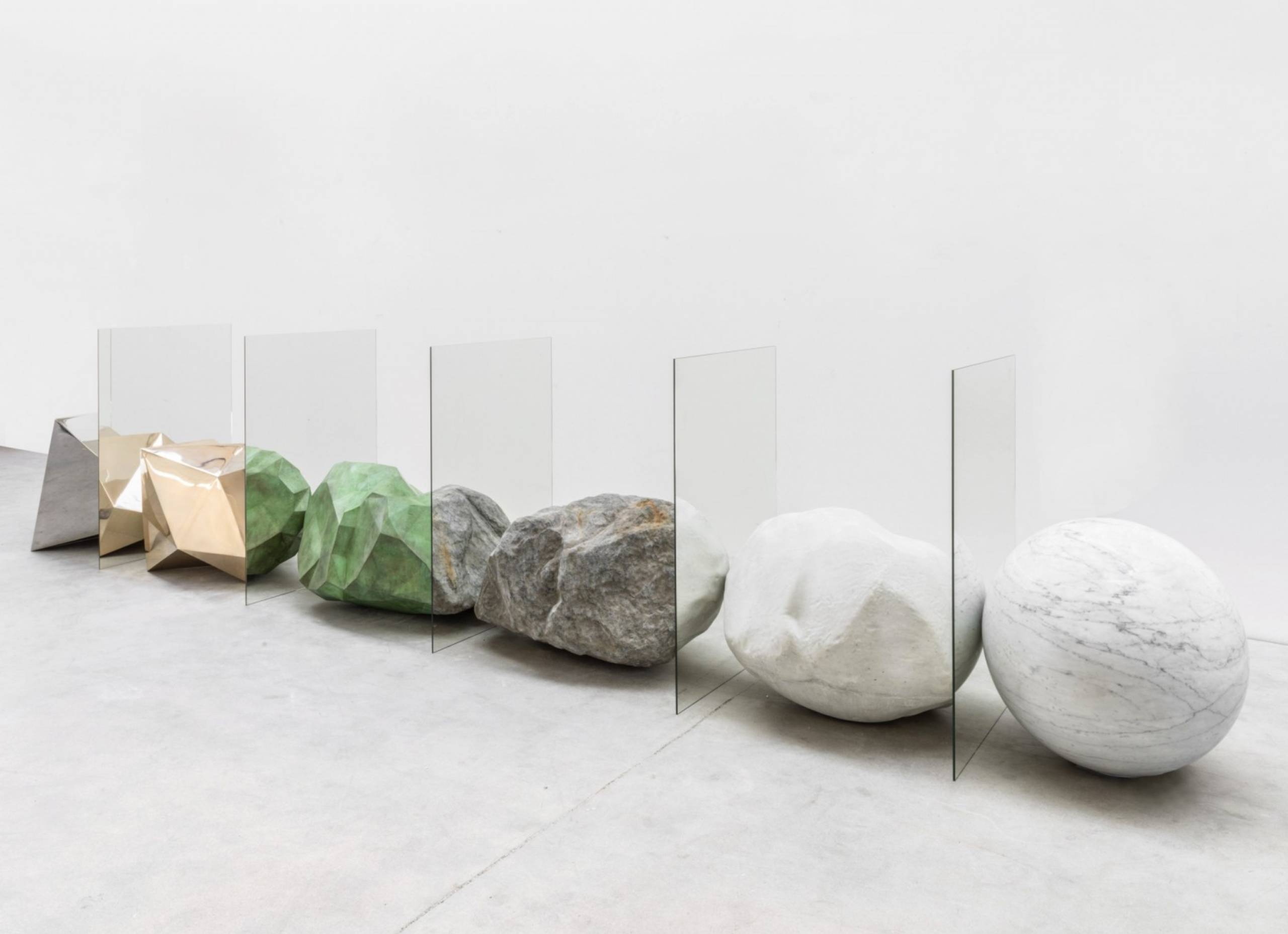
BORIS KLIMEK
designer
I was recently taken with the Signal Festival in Prague, where Maxim Velčovský’s installation The Physical Possibility of Death in the Mind of Someone Living resonated with me the most.

YABU & PUSHELBERG
Yabu Pushelberg founders & designers
We went to Venice Bienalle and were captivated by Diplomazija astuta by Italian artist Arcangelo Sassolino. He was inspired by Caravaggio’s painting The Beheading of St. John Baptist. The work is composed of molten steel droplets that fall from the ceiling into seven rectagular metal water basins, each intended to represent a subject in The Beheading. The steel collects in the water which creates orbs of light; bursts of fire overhead.
We were drawn to the symmetry, dark to light. We found out that in collaboration with Carbonsink, all the steel at the bottom of the basins are taken by workers at the pavillion each day to the factory that originally produced the original coil to offset CO2 production. It is a beautiful, cyclical story and learning that the materials are re-purposed inspired us to think about how we can do the same in our own projects.
Glenn Pushelberg: Our admiration for Wolfgang Tillmans remains a constant. We purchased Weeds and it hung in the gallery of our Toronto studio, draping a wall floor to ceiling, greeting guests as they entered the space. Last year, The Art Gallery of Ontario (AGO) approached us about an exhibit they were working on for Tillmans, and we decided to loan our piece for the exhibit, which is set to debut soon.
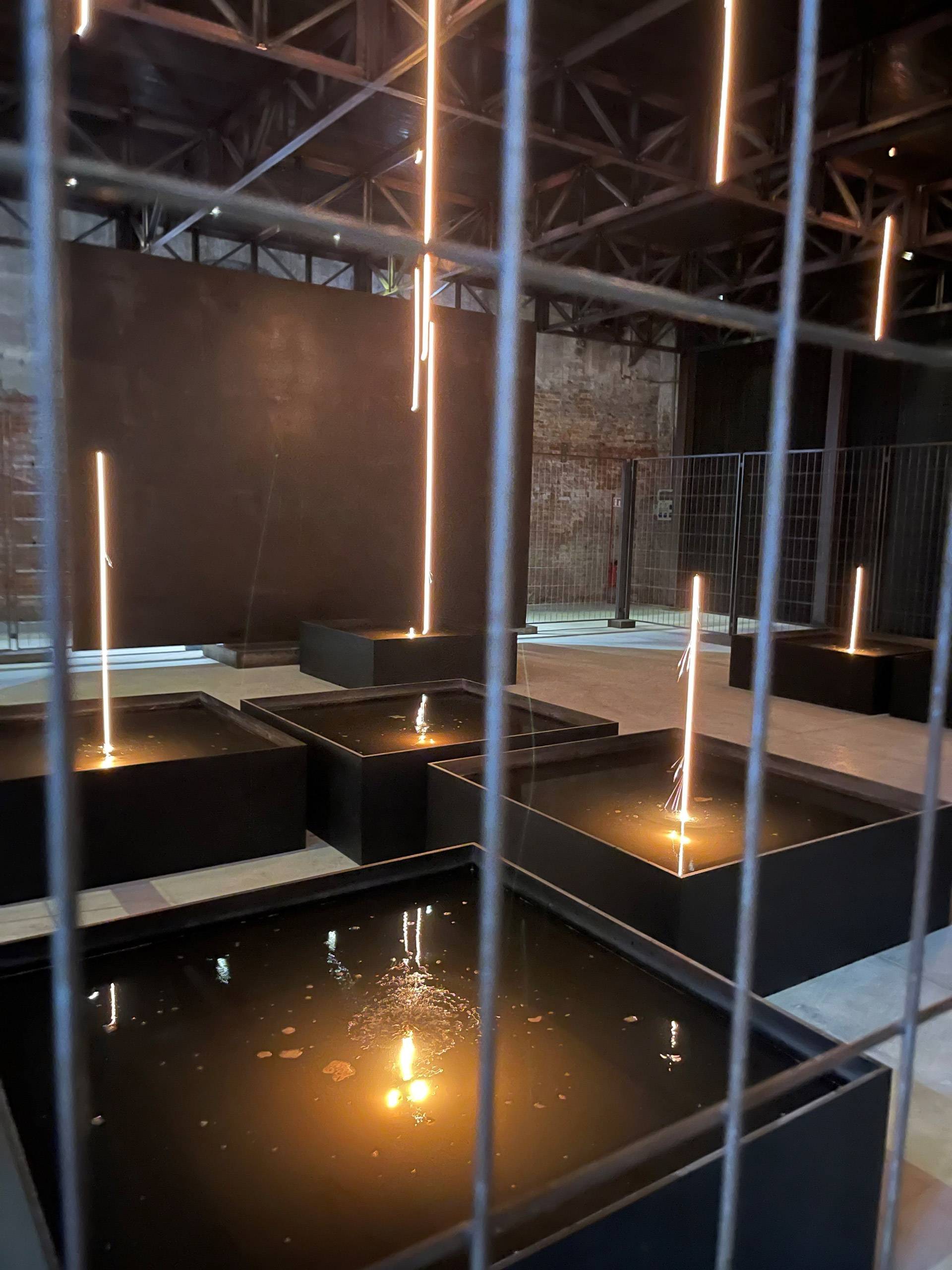
George Yabu: In the place of Weeds in the Toronto studio’s gallery, we have placed Hong Kong Airport, another work by Tillmans.
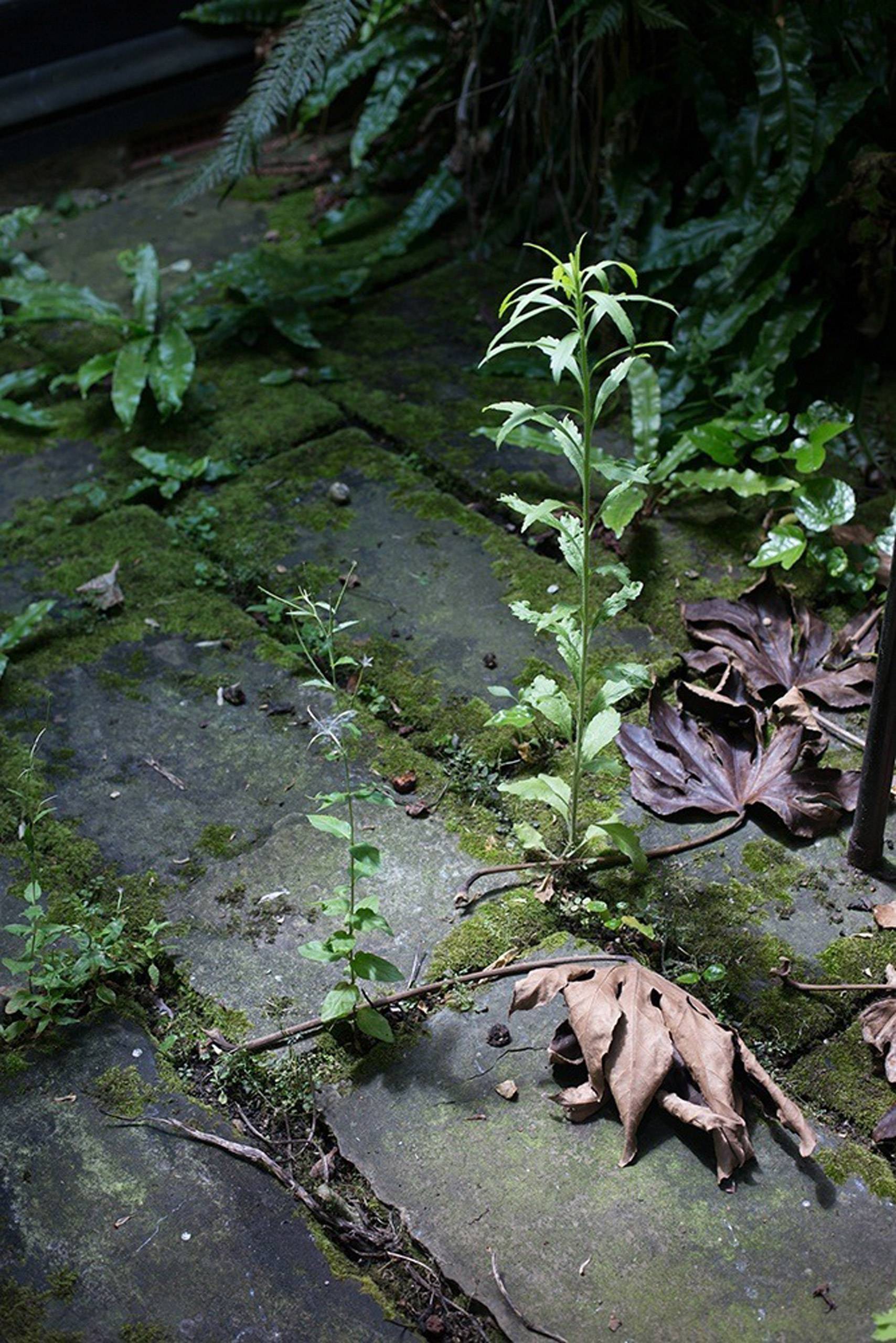
George Yabu: General Idea is a Canadian artist collective we have followed since University. We recently purchased a work of theirs, Fin de Siecle, and we are going to see their exhibit at the National Art Gallery in October.

JANA RŮŽIČKOVÁ
Lasvit Senior Designer
In early 2022, I visited an immersive exhibition by Argentinian artist Tomàs Saraceno: Particular Matter(s) at The Shed, Hudson Yards. The main sensory part of the show — Free the Air: How to hear the universe in a spider/web, made a great impression on me. The artist filled the entire large scale hall by a huge (dia 30 meters) perfectly white spherical volume that could be entered by an opening in the middle of its elevation. The floor of this level was just a white tension net. The visitors then spread out and lie on it and observed all the impressions – the movement of the net when people were stepping on it, pure diffused white light coming from the top, and a surprisingly strong echo.
Then the show starts, and the whole space turns pitch black; speakers integrated into the net create springy vibrations and resonate with loud deep cosmic sounds. I felt tiny and trapped in a spider web levitating in the air. However, I didn’t feel scared, just curious and entertained. The sounds, echoes, and vibrations, even the darkness, stimulated my senses. I felt integrated into the whole experience, and it was playing with my imagination too.
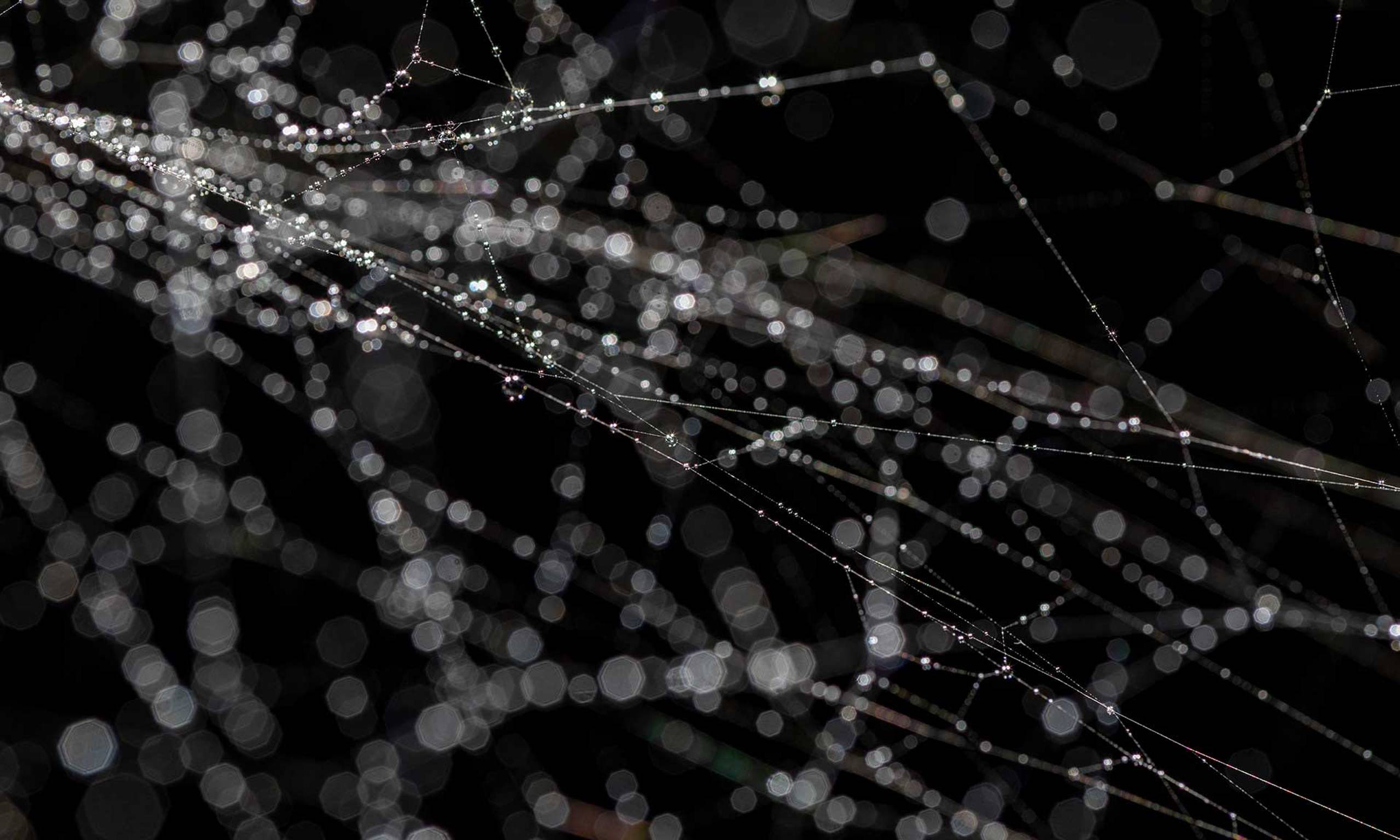
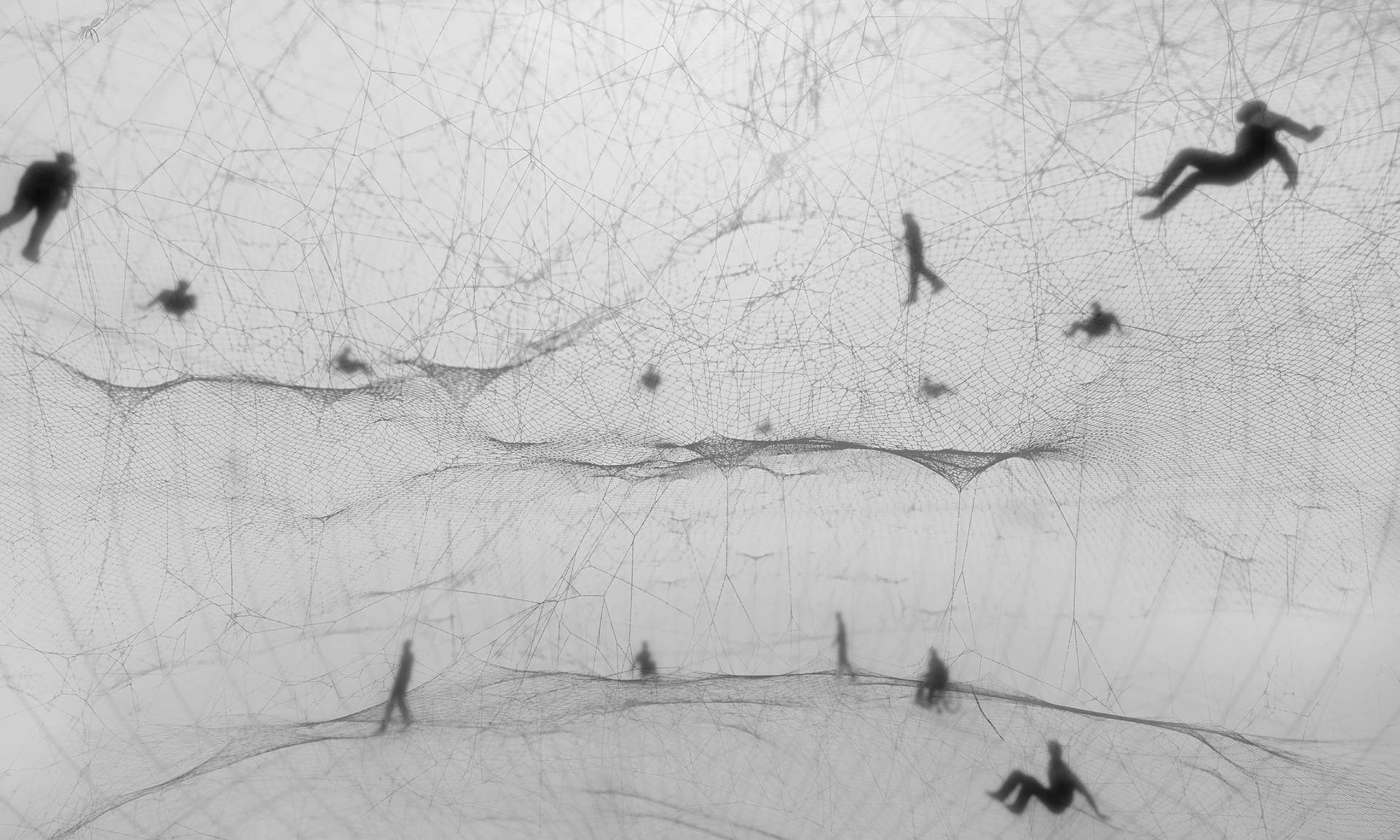
MAREN REEPMEYER
Associate Principal & Director of Adaptive Design, CBT
My favorite piece by Richard Serra is The Matter of Time in Guggenheim museum in Bilbao. What strikes me about this sculpture (and most of Richard Serra’s work) is the contrast between scale, materiality, and form. As an architect, I understand the rigidity of steel and certain limitations inherent in its everyday form and production. Serra breaks those boundaries and gives us something completely awe-worthy; changing this workhorse into a thing of beauty.
One gets lost in contemplating how these sweeping lines were actually formed and placed. We wonder at the grandeur of scale which makes the human form seem expressly diminutive… similar to the feeling one gets when looking into the vastness of the night sky. The Matter of Time seems to transcend time and place and leaves me breathless.

MAXIM VELČOVSKÝ
Lasvit Art Director & designer
Most recently, I have been awed by the the freshly renovated film Žert (Joke), 1969, based on Milan Kundera’s novel of the same name.
